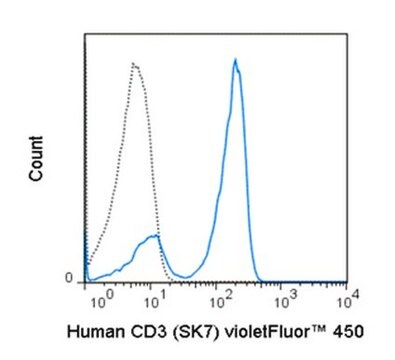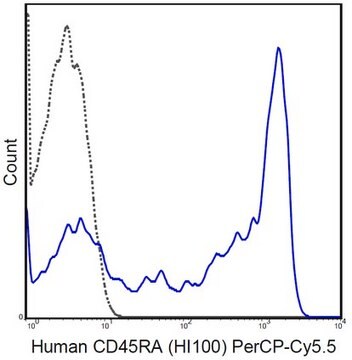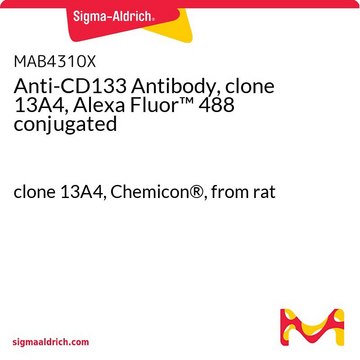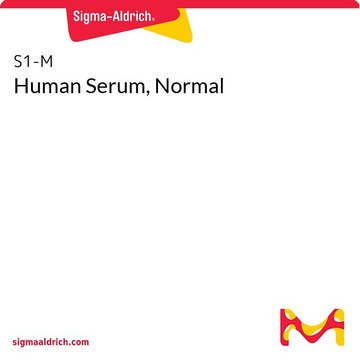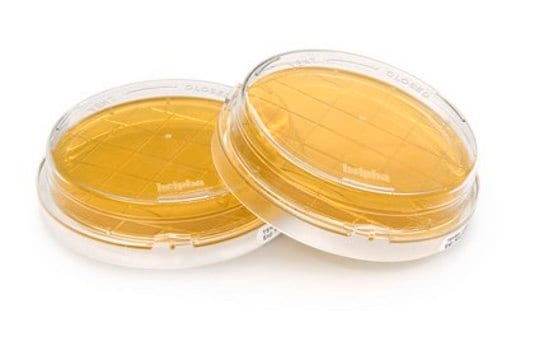MABF175E
Anti-CD3 (human), redFluor® 710, clone UCHT1 Antibody
clone UCHT1, from mouse, redFluor® 710
Sinónimos:
T-cell surface glycoprotein CD3 epsilon chain, T-cell surface antigen T3/Leu-4 epsilon chain, CD antigen CD3e, CD3
About This Item
Productos recomendados
biological source
mouse
Quality Level
conjugate
redFluor® 710
antibody form
purified antibody
antibody product type
primary antibodies
clone
UCHT1, monoclonal
species reactivity
human
technique(s)
flow cytometry: suitable
UniProt accession no.
target post-translational modification
unmodified
Gene Information
human ... CD3E(916)
General description
Immunogen
Application
Inflammation & Immunology
Immunoglobulins & Immunology
Quality
Flow Cytometry Analysis: 0.5 μg from a representative lot detected CD3 in one million human peripheral blood lymphocytes.
Physical form
Storage and Stability
Note: It is recommended to store the product undiluted at 2-8°C and protected from prolonged exposure to light. Do not freeze.
Other Notes
Legal Information
Disclaimer
¿No encuentra el producto adecuado?
Pruebe nuestro Herramienta de selección de productos.
Storage Class
12 - Non Combustible Liquids
wgk_germany
nwg
flash_point_f
Not applicable
flash_point_c
Not applicable
Certificados de análisis (COA)
Busque Certificados de análisis (COA) introduciendo el número de lote del producto. Los números de lote se encuentran en la etiqueta del producto después de las palabras «Lot» o «Batch»
¿Ya tiene este producto?
Encuentre la documentación para los productos que ha comprado recientemente en la Biblioteca de documentos.
Nuestro equipo de científicos tiene experiencia en todas las áreas de investigación: Ciencias de la vida, Ciencia de los materiales, Síntesis química, Cromatografía, Analítica y muchas otras.
Póngase en contacto con el Servicio técnico